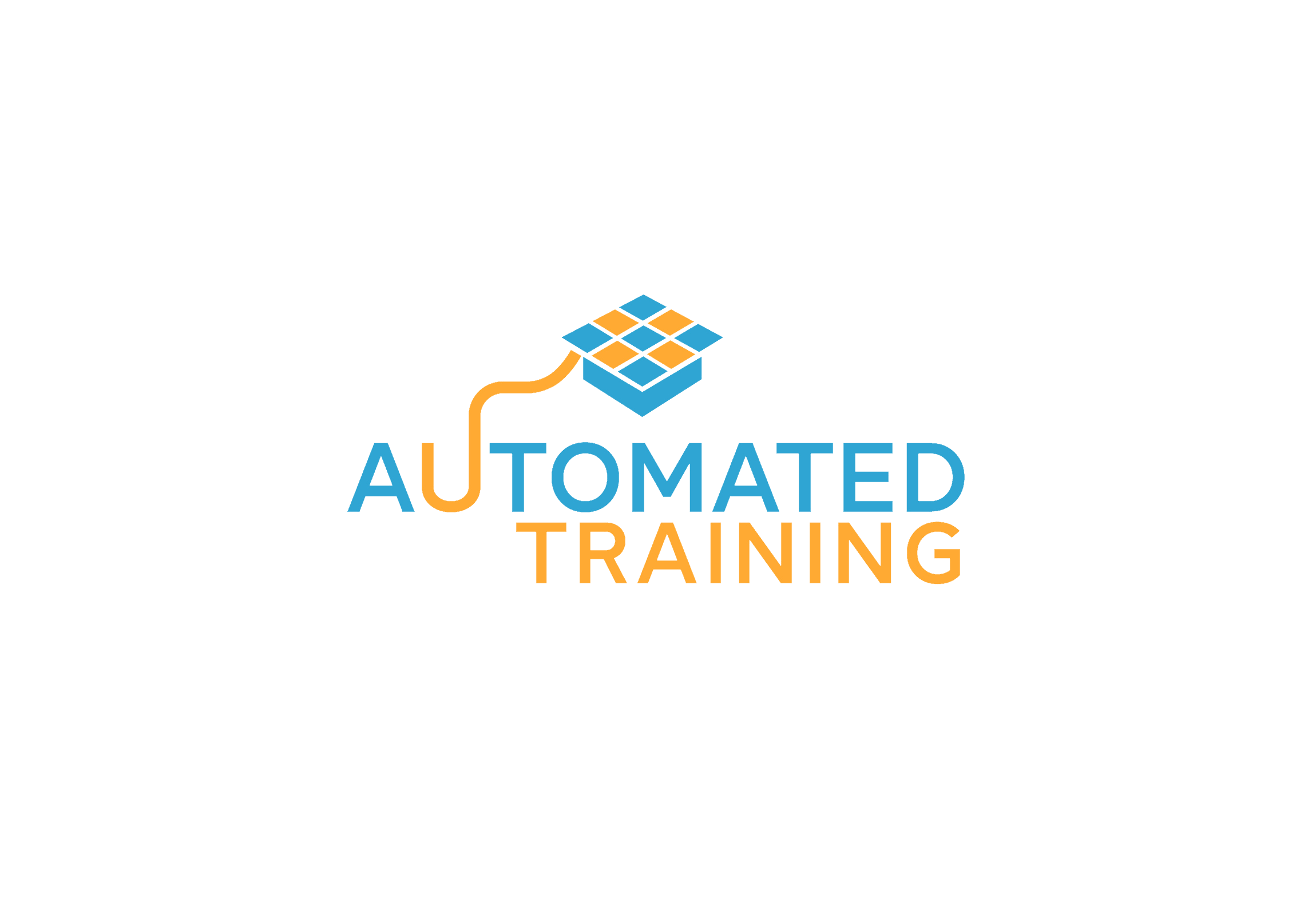
Benefits of Digitalizing Training for SMEs
67% of SMEs and mid-sized businesses are fighting for survival, yet SMEs contribute up to 70% to employment and GDP globally. The gap between survival and thriving often comes down to one factor: how effectively businesses develop their people. Traditional training methods—expensive, time-consuming, and difficult to scale—put SMEs at a disadvantage. Digital training levels the playing field.

 Employees’ training and development is a continuous learning and applying process for all employees to ensure the needed qualification and expertise for the tasks they have to perform.
Employees’ training and development is a continuous learning and applying process for all employees to ensure the needed qualification and expertise for the tasks they have to perform.


